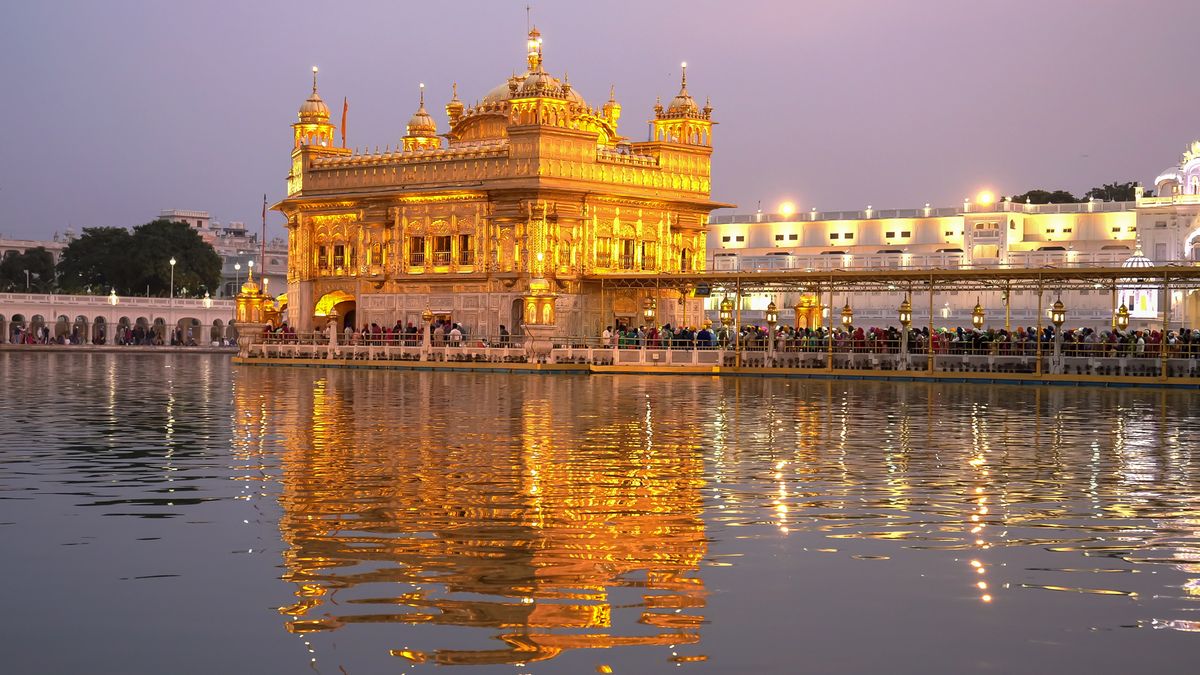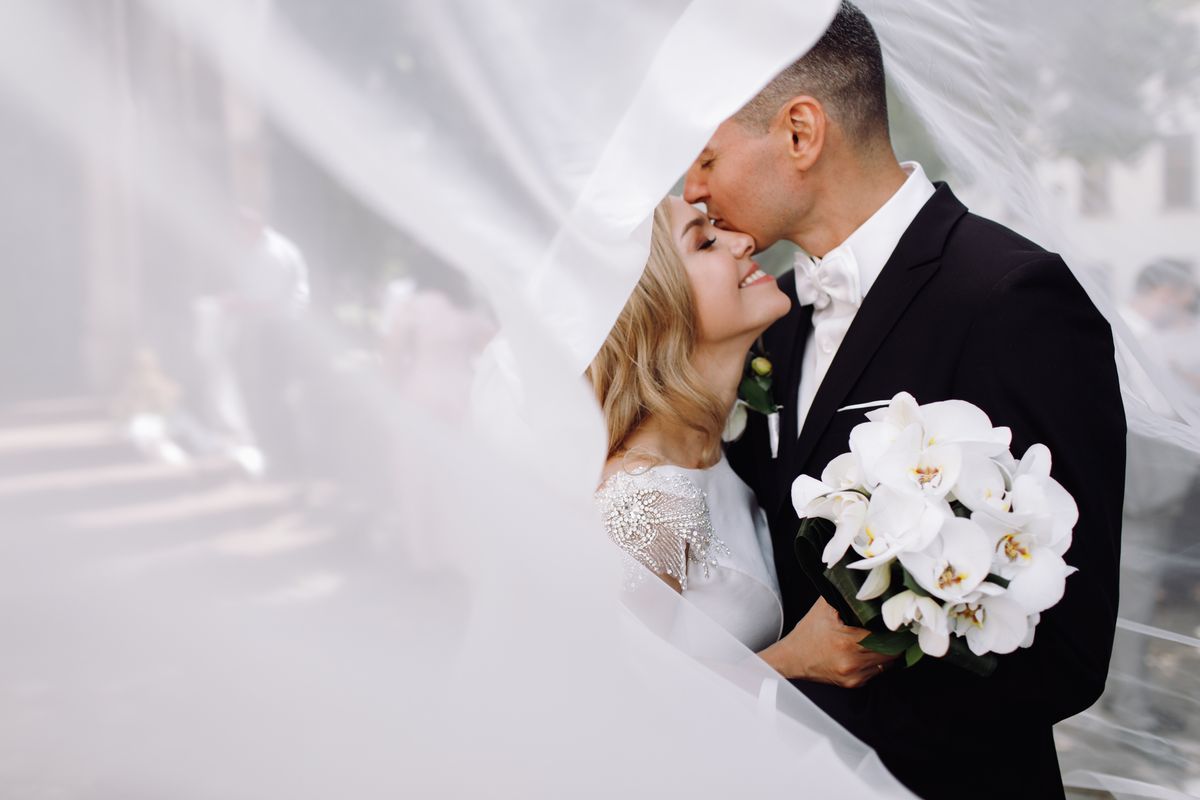See all shopping in Krakow
Travelers also viewed these places similar to Palace of Kraków Bishops
If you have been to Palace of Kraków Bishops, share your experience
Review this placePlaces to visit nearby
- Wawel Royal Castle (0.6 km)
- Ulica Florianska (0.6 km)
- Jewish District (Kazimierz) (0.5 km)
Things to do nearby
- Bishop's Palace (Palac Biskupski) (0 km)
- Planty (0.1 km)
- 10% OFF SUMMER OFFER - Krakow City Tour (0.9 km)
Places to eat nearby
- U Babci Maliny (0.6 km)
- Shake & Bake (0.5 km)
- Restaurant Corleone (0.3 km)
Places to shop nearby
- Rynek Dębnicki (1 km)
- Galeria Krakowska (1.1 km)
- Salon Roman (0.1 km)





